Operas about artists are not rare. However — perhaps for obvious reasons — those artists tend to be musicians, singers, or at least performers, able to persuade and cajole both us in the audience and the other characters on stage through their eloquence. Berlioz, in his first opera, presents the renaissance sculptor Benvenuto Cellini, in an episode loosely adapted from his autobiography. But the final casting and unveiling of his new statue of Perseus, against all the odds, provides a climax that music (let alone stagecraft) seems fundamentally ill equipped to portray.
The road to that climax is also paved with numerous distractions for both us and Cellini, the most significant being an amorous subplot invented by Berlioz and his librettists as a concession to the piece’s opéra comique origins. It was later adjusted for the more ‘serious’ Paris Opéra, where it flopped magnificently. It has remained a rarity ever since: ENO’s is London’s first professional staging for four decades. And ultimately it also remains an opera about art and artists in which no one has very much to say about art or artists. The composer clearly identified with Cellini as an exemplar of the fast-living, fast-loving creative genius for whom arrogance and irresponsibility are but necessary, forgivable corollaries; but his score, shot through with irrepressible brilliance and invention, does a great deal more to persuade us of Berlioz’s own genius than of Cellini’s.
This impression is compounded by ENO’s new production by Terry Gilliam. His 2011 production of the Damnation of Faust at the Coliseum mapped that work on to German history from 19th-century imperialism to two world wars. His Benvenuto Cellini is conventional in terms of presenting the action, but it does so in a manner that suggests that sheer eye-watering excess is a worthwhile aesthetic end in itself. Facilitated by a budget (boosted by the Peter Moores Foundation’s Swansong Project) that puts the Pope’s patronage of Cellini in the opera to shame, this show is unstintingly, unremittingly entertaining.
Carnival revellers invade the overture (and the auditorium) as well as the central Mardi Gras scene; gold confetti drops from on high at the glittering, kitschily staged conclusion. The set (designed by Gilliam and Aaron Marsden) consists largely of movable blocks covered in Piranesi-style drawings, plus a vast gilt head. Finn Ross’s projections add further details, but the silhouetted workers and flaming furnaces in Cellini’s foundry feel unconvincing in a production that has none of the abstraction or imagination of Gilliam’s Damnation of Faust. Katrina Lindsay’s costumes feel mid-19th century, but chronologically things are pretty loosely defined. Charles Hart, lyricist of Phantom of the Opera, provides a new translation that’s casual, easy-going and eminently effective.
Happily, Gilliam has strong enough instincts to know when to tone things down, and he leaves the singers alone in some of their arias. With help from Leah Hausman, he also directs his vast mass of chorus and extras with a remarkably sure touch. But the busyness of it all is tiring: it feels like not just one West End musical, but several of them crammed together on to the same stage, an effect underlined by the theatrical reds and blues favoured by Paule Constable’s lighting.
Edward Gardner keeps the whole thing together brilliantly in musical terms, but his conducting can feel a bit slick and proficient, prone to extremes and short on affection and warmth. The orchestra rattles through the score (subjected to a fair bit of cutting) with considerable virtuosity, though, and the beefed-up chorus sings magnificently. And ENO has also splashed out on an excellent cast. Michael Spyres matches the outrageous demands of Cellini’s writing with fluid, lyrical tone, elegant phrasing and plenty of volume. Both Corinne Winters (as Teresa) and Paula Murrihy (in the trouser-role of Ascanio) sing with clean, bright, liquid voices. Nicholas Pallesen is terrific as Cellini’s rival in art and love, Fieromosca, and Willard White, clad in bling and accompanied by a camp entourage, sings the Pope’s music with authority. Pavlo Hunka’s underprojected performance as Balducci, father to Teresa and treasurer to the Pope, is the only slight vocal disappointment.
Another disappointment, though, is that in concentrating on spectacle, Gilliam has done so little to flesh out any of the principals: they all act well, but their characters remain archetypes. Maybe if it hadn’t come so hot on the heels of ENO’s fairground Così fan tutte, with all its superfluous excess, I’d feel more enthusiastic about this Cellini, which is undoubtedly the superior show. No one can deny that he has made a viable evening’s entertainment, impressively and occasionally brilliantly realised, and he — and ENO — deserve accolades and ticket sales as a result. But am I alone in wishing this production also had a bit more to say?
Got something to add? Join the discussion and comment below.
Get 10 issues for just $10
Subscribe to The Spectator Australia today for the next 10 magazine issues, plus full online access, for just $10.
You might disagree with half of it, but you’ll enjoy reading all of it. Try your first month for free, then just $2 a week for the remainder of your first year.

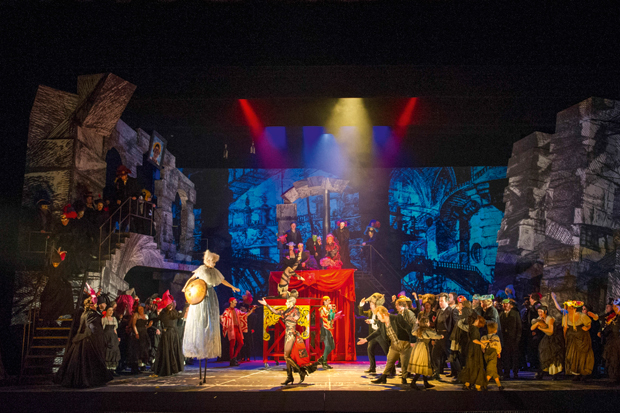
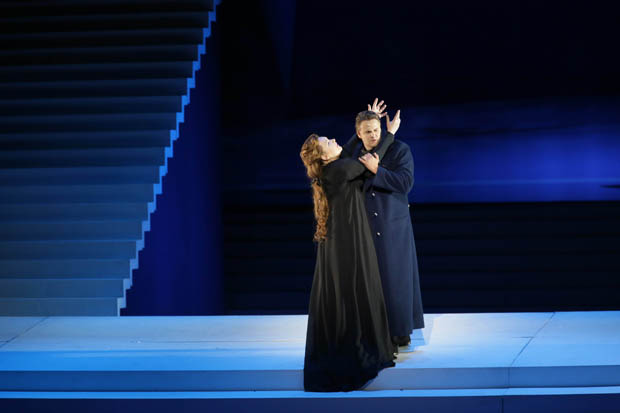
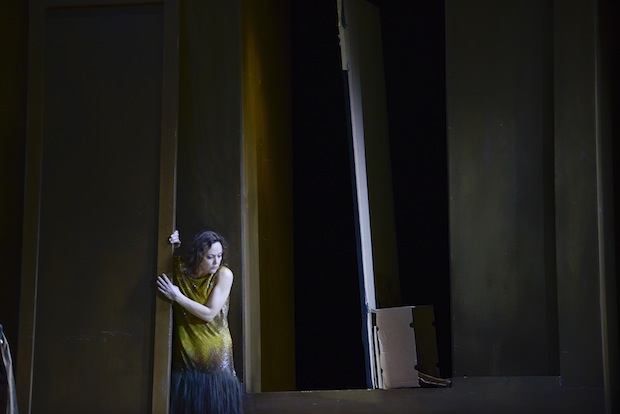
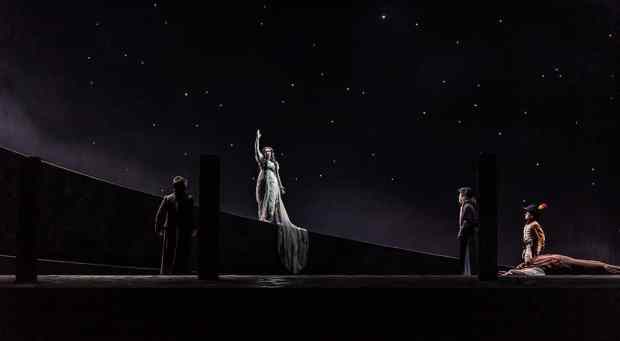
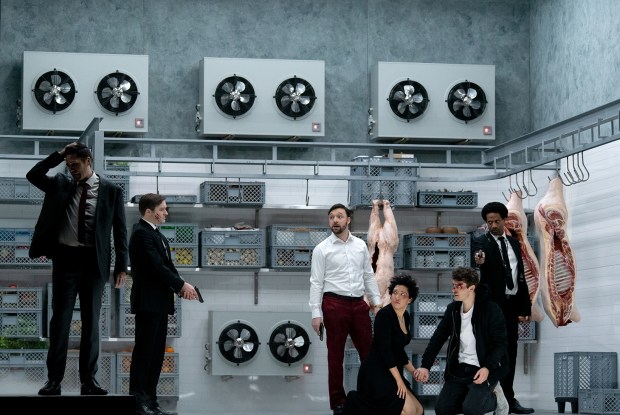
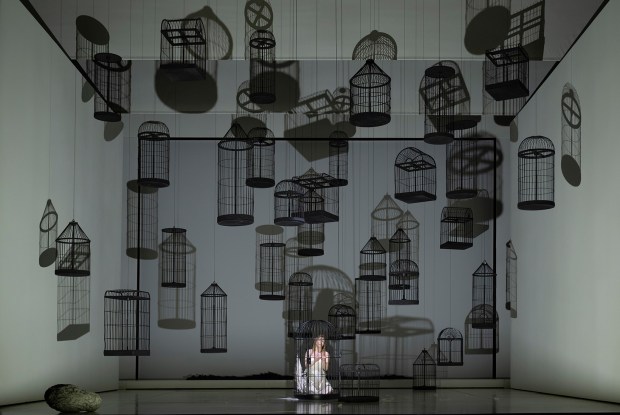
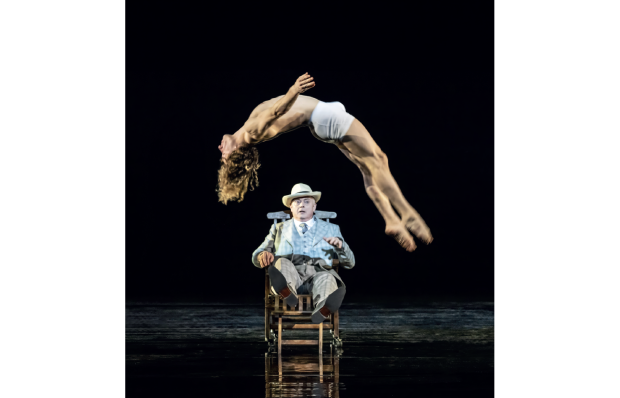






Comments
Don't miss out
Join the conversation with other Spectator Australia readers. Subscribe to leave a comment.
SUBSCRIBEAlready a subscriber? Log in